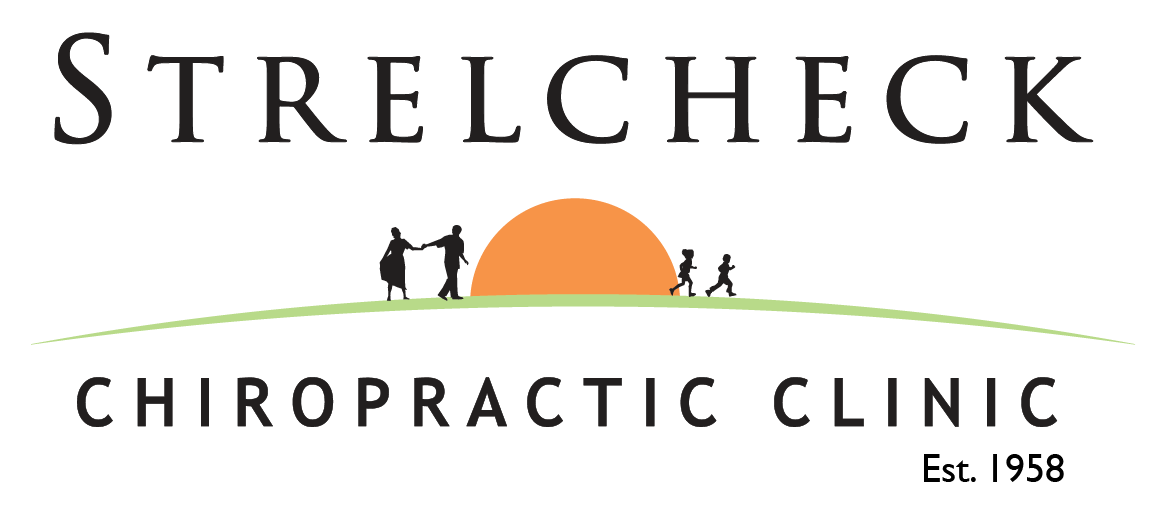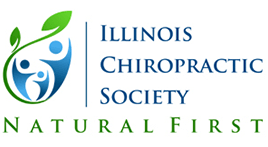According to the Arthritis Foundation, one in five adults live with some form of diagnosed arthritis (osteo or auto-immune), and approximately 60 percent of those people are under the age of 60. Arthritis is the leading cause of disability in the country, leading to $128 billion in medical expenses each year. Dr. Daniel Strelcheck, Jr. knows a great deal about arthritis. He owns Strelcheck Chiropractic Clinic, 10 N. Virginia St. /Rt. 14., Crystal Lake, which his father, Dr., Daniel Strelcheck, Sr., founded in 1958. Strelcheck Sr., spent five decades treating patients who suffered from headaches, back pain, and other health ailments. In 2013, the elder Dr. Strelcheck was selected as medical honoree for the Arthritis Foundation’s Fox Valley Arthritis Walk. “I have seen some of the most arthritic senior patients in our society who’ve been able to rehabilitate themselves, so that they continue to live with the freedoms that they enjoy,” says Strelcheck Jr. “By far, osteoarthritis is the largest category that affects the majority of people because of the wear and tear on the joints. Everyone will get osteoarthritis in their joints at some point but you will get it faster if your joints are misaligned. Many times, we can put the joint back in place and the pain goes away or substantially decreases. The quicker you get your joints aligned, the sooner they slow down the aging process or osteoarthritis. That’s why chiropractic care from childhood is so important. People are starting to figure out that the better we take care of ourselves when we’re younger, the better our quality of life is later. 1. Align Your Joints The most important thing is- no matter how old you are- is to keep your body in alignment. This will help slow down osteoarthritis. Chiropractors are the only licensed health care professionals that can treat a subluxation, but you can aid in your alignment and increase your range of motion by strengthening your upper and lower back muscles and getting orthotics or shoe inserts. Correct rounded shoulders by strengthening your upper back muscles and stretching your chest. Correct an over-arched lower back by strengthening your abdominal muscles and stretching your lower back muscles. For lower body alignment problems, possible solutions include orthotics or shoe inserts, and exercise to strengthen your lower body muscles. When you get the joints aligned, it moves and works better and that increases range of motion. 2. Get Plenty of Exercise The old adage move it or lose it is important to an osteo- arthritis patient. Mobility exercises help increase the range of motion so that the joints oil themselves with synovial fluid. Dr. Strelcheck recommends exercise within the range of motion of the joints such as swimming, walking, yoga and stretching. “They all give you good range of motion,” he says. “Always check with your physician for some do’s and don’t before starting an exercise program of your choice,” he states. 3. Increase Area Bloodflow It’s important to increase blood flow to the arthritic area to wash away any of the arthritic elements. When you get it oiled it’s easier to get blood flowing to clean out the joints and bring new nutrients into the joints. “Specific massage works the area,” he says. “Paraffin bath or wax bath will work too.” 4. Consider helpful anti-inflammatory methods. When you have arthritis, you want to calm down the inflammation. The itis in osteoarthritis means inflammation. When a joint is inflamed, it needs to calm down. Dr. Strelcheck suggests using ice 20 minutes on in one hour intervals or in more severe cases anti-inflammatory drugs such as ibuprofen or sterioid/cortisone shot may be used. “Arthritic patients should use heat in the morning, and have that blood flow increase to wake up the joints so they can live their daily life,” says Dr. Strelcheck. “All day long they aggravate the arthritis because they’re moving. Everything is designed to make your life more livable so you don’t have to deal with the pain and discomfort that comes with age.” 5. Choose a chiropractor wisely Find a chiropractor that takes x-rays, which can should how severe your osteoarthritis really is. Not all chiropractors take x-rays. “It’s very important when searching for a doctor, that he or she takes x-rays, along with a full physical exam,” Dr. Strelcheck says. “The doctor should be able to create a treatment plan that will be beneficial to the patient long term. The degree of arthritis is quite identifiable on an x-ray.” Look for a chiropractor, he adds, whose facility includes a multi-disciplinary clinic with massage and physical therapy departments. Living with arthritis is never easy, but there are ways to make life more enjoyable thanks to a few practical tips.







